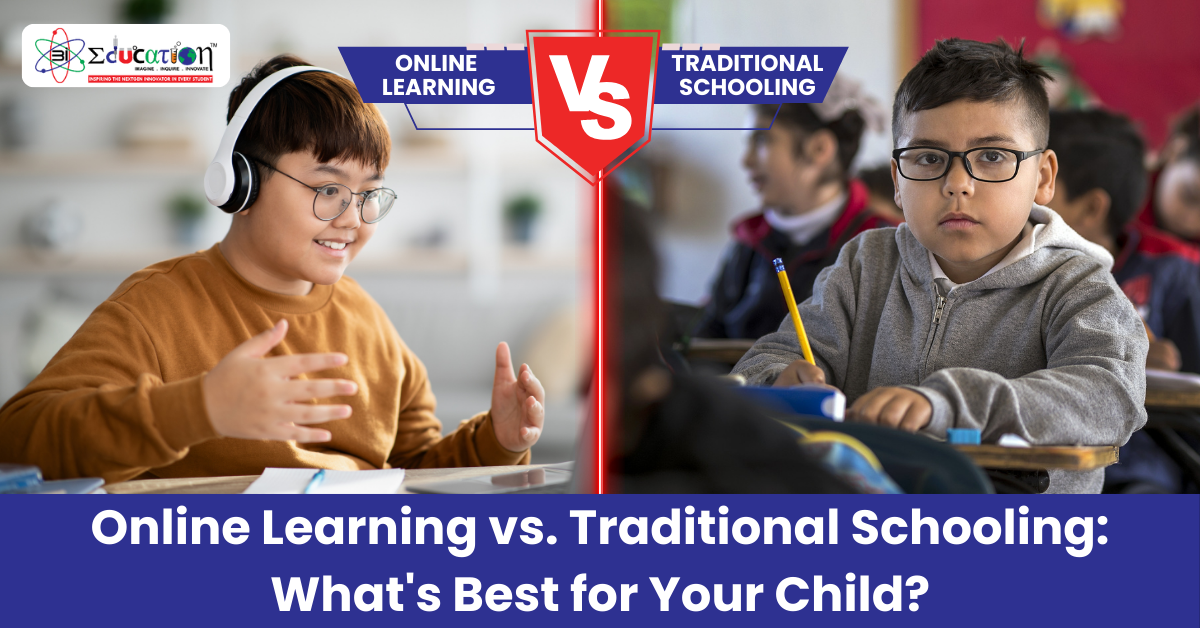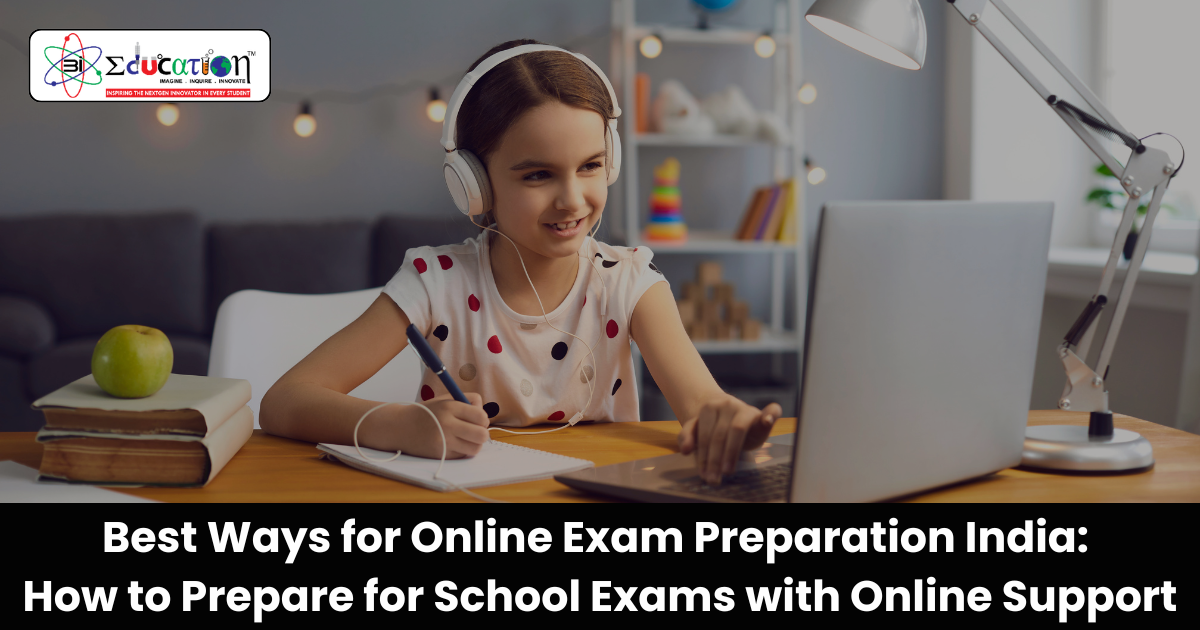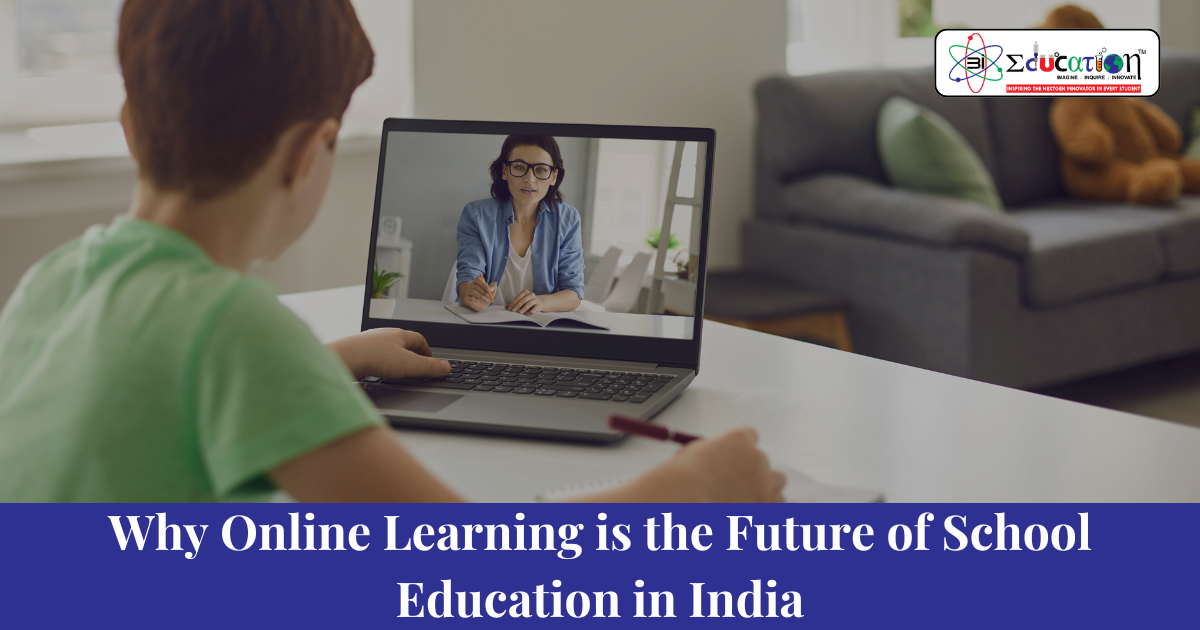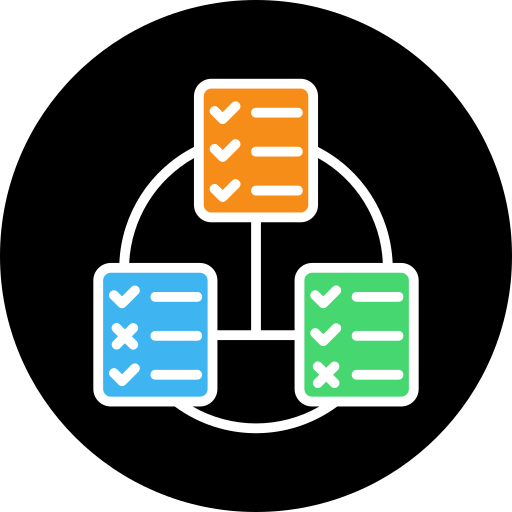Table of Contents

In today’s educational landscape, parents are often faced with a pivotal decision: should their child attend traditional in-person schools or opt for online learning? This choice has become increasingly relevant, especially in the wake of technological advancements and recent global events that have reshaped how education is delivered. Understanding the nuances of both modalities is essential for making an informed decision that aligns with your child’s unique needs.
Understanding Traditional Schooling
Traditional schooling refers to the conventional in-person education system where students attend classes in a physical setting, such as a school building. This model has been the cornerstone of education for centuries, emphasizing face-to-face interactions between students and teachers.
Advantages of Traditional Schooling
- Social Interaction: Regular attendance in classes helps students interact with peers, fostering social skills and teamwork.
- Structured Environment: The fixed schedule of traditional schools instills discipline and time management skills.
- Extracurricular Activities: Access to sports, arts, and various clubs allows students to explore interests beyond academics.
Source : eLearning Industry
Source : Financial Times
Challenges of Traditional Schooling
- Rigid Scheduling: Fixed timetables may not accommodate all learning paces or family situations.
- Limited Personalization: Curricula are often standardized, leaving little room for individualized learning paths.
Source : K12
Exploring Online Learning
Online learning, or e-learning, involves education delivered via digital platforms, allowing students to engage with course materials remotely. This model has gained significant traction, offering an alternative to the traditional classroom setup.
Advantages of Online Learning
- Flexibility: Students can learn at their own pace and schedule, accommodating various learning styles and family needs.
- Accessibility: Education becomes accessible to those in remote areas or with health concerns that prevent physical attendance.
- Personalized Learning: Online platforms often offer adaptive learning technologies that tailor content to individual student needs.
Source : EF Education First
Challenges of Online Learning
- Self-Discipline Required: Success in online learning demands a high level of self-motivation and time management skills.
- Reduced Social Interaction: Limited face-to-face engagement can impact the development of social skills.
- Technical Issues: Reliable internet access and technological devices are prerequisites, which may not be available to all students.
Source : EF Education First
Source : University of Illinois Springfield
Recent Trends in Education
The COVID-19 pandemic accelerated the adoption of online learning, highlighting both its potential and its challenges. Studies indicate that students have experienced learning losses, with performance in reading and math remaining below pre-pandemic levels.
Moreover, the increased screen time associated with online learning has raised concerns among educators and parents. Some students have expressed a preference for traditional methods, citing better focus and reduced distractions.
Source : Vox
Source : WSJ
Making the Right Choice for Your Child
When deciding between online learning and traditional schooling, consider the following factors:
- Learning Style: Is your child self-motivated and comfortable with independent study, or do they thrive in structured, interactive environments?
- Social Needs: Does your child benefit from daily social interactions, or are they content with virtual engagements?
- Family Dynamics: Does your family’s schedule and resources support the demands of online learning, including access to technology and a conducive learning environment?
How 3iEducation Can Help
At 3iEducation, we understand that each child’s educational journey is unique. We offer a blended learning approach that combines the best aspects of both traditional and online education. Our programs are designed to provide flexibility while ensuring that students receive personalized attention and opportunities for social interaction. By integrating innovative teaching methods with a comprehensive curriculum, 3iEducation aims to cater to the diverse needs of students from grades 1 to 10.
Conclusion
Both online learning and traditional schooling have their merits and challenges. The optimal choice depends on your child’s individual needs, learning style, and your family’s circumstances. By carefully evaluating these factors and staying informed about current educational trends, you can make a decision that best supports your child’s academic growth and personal development.







